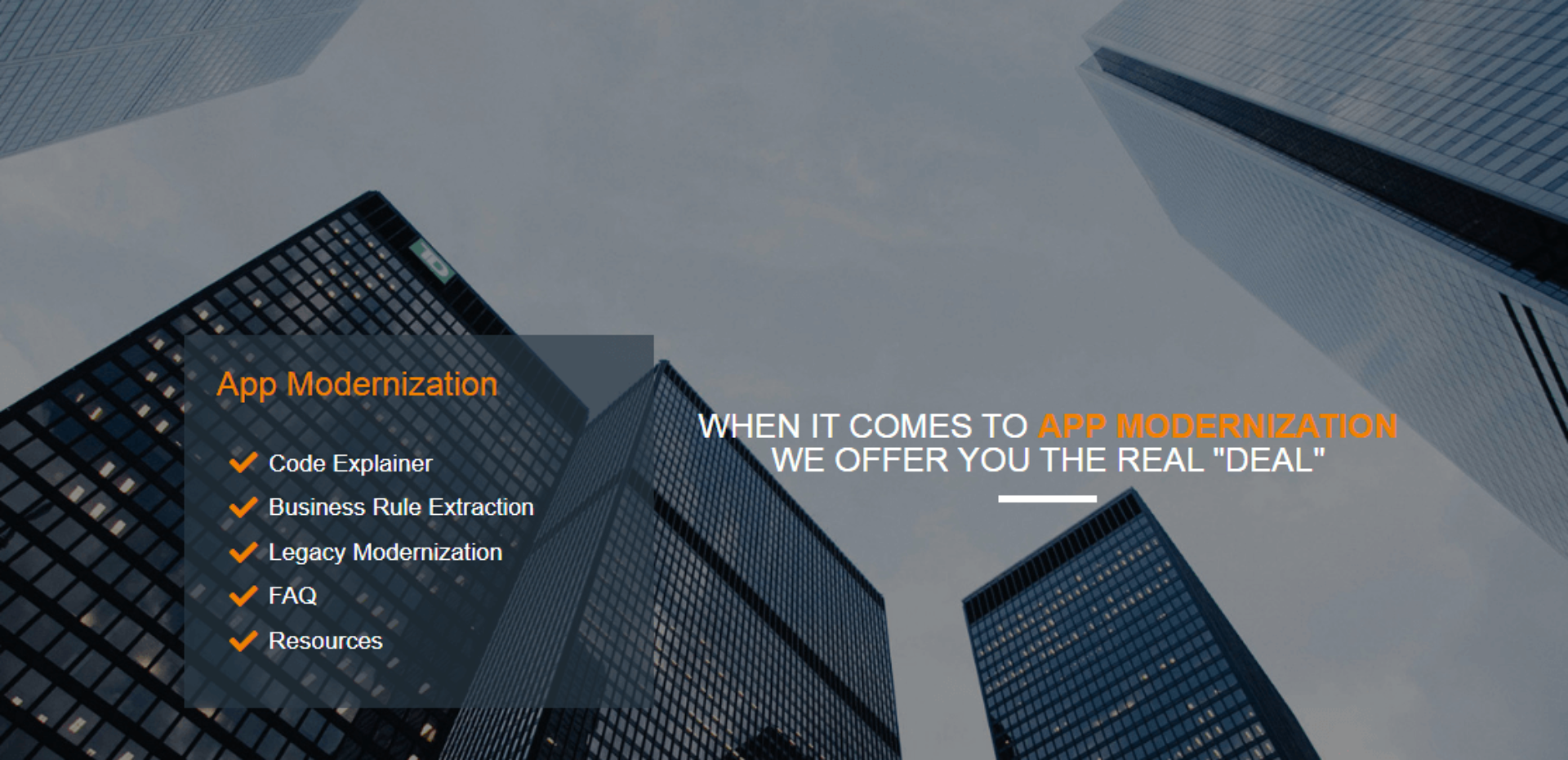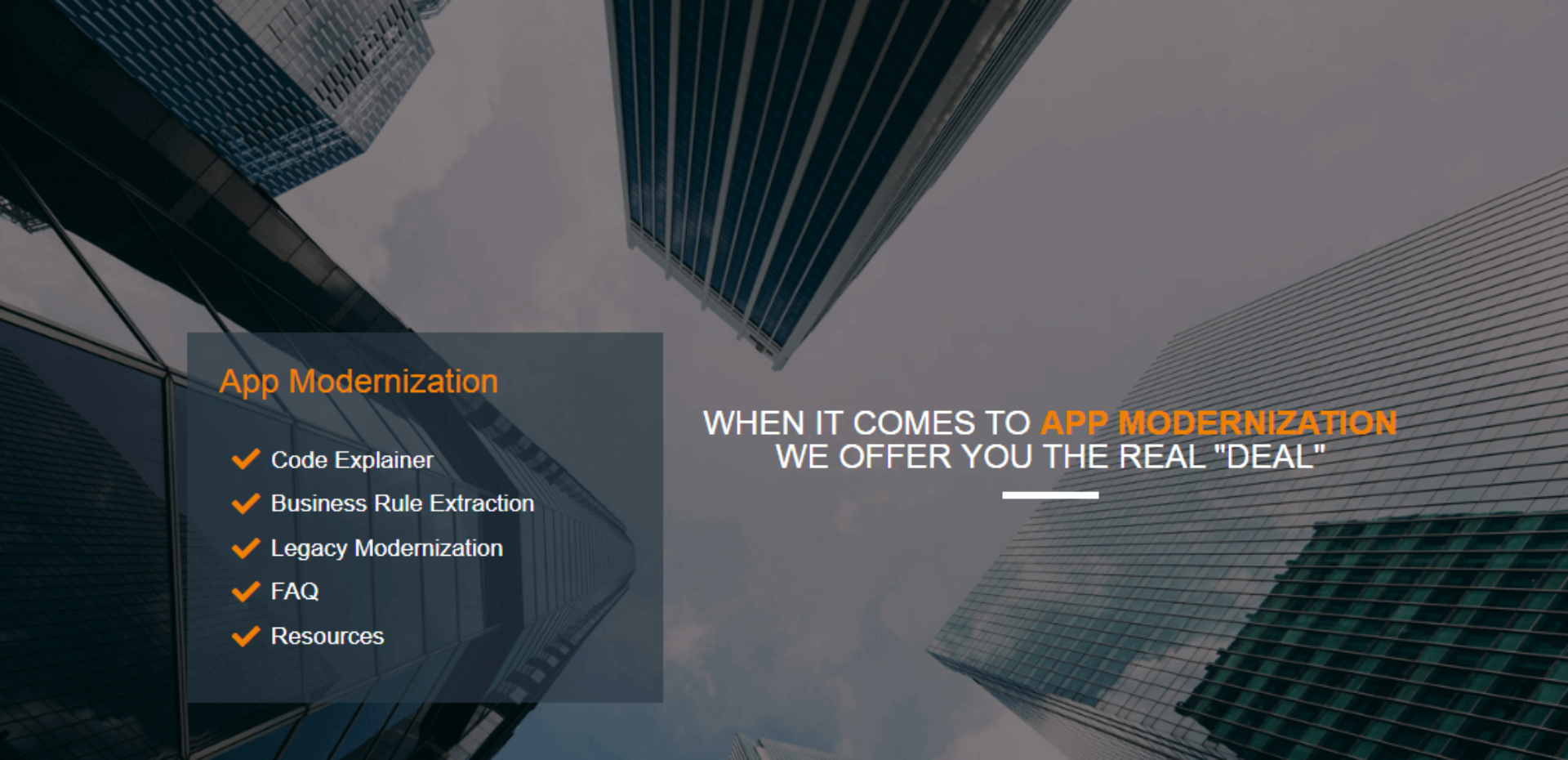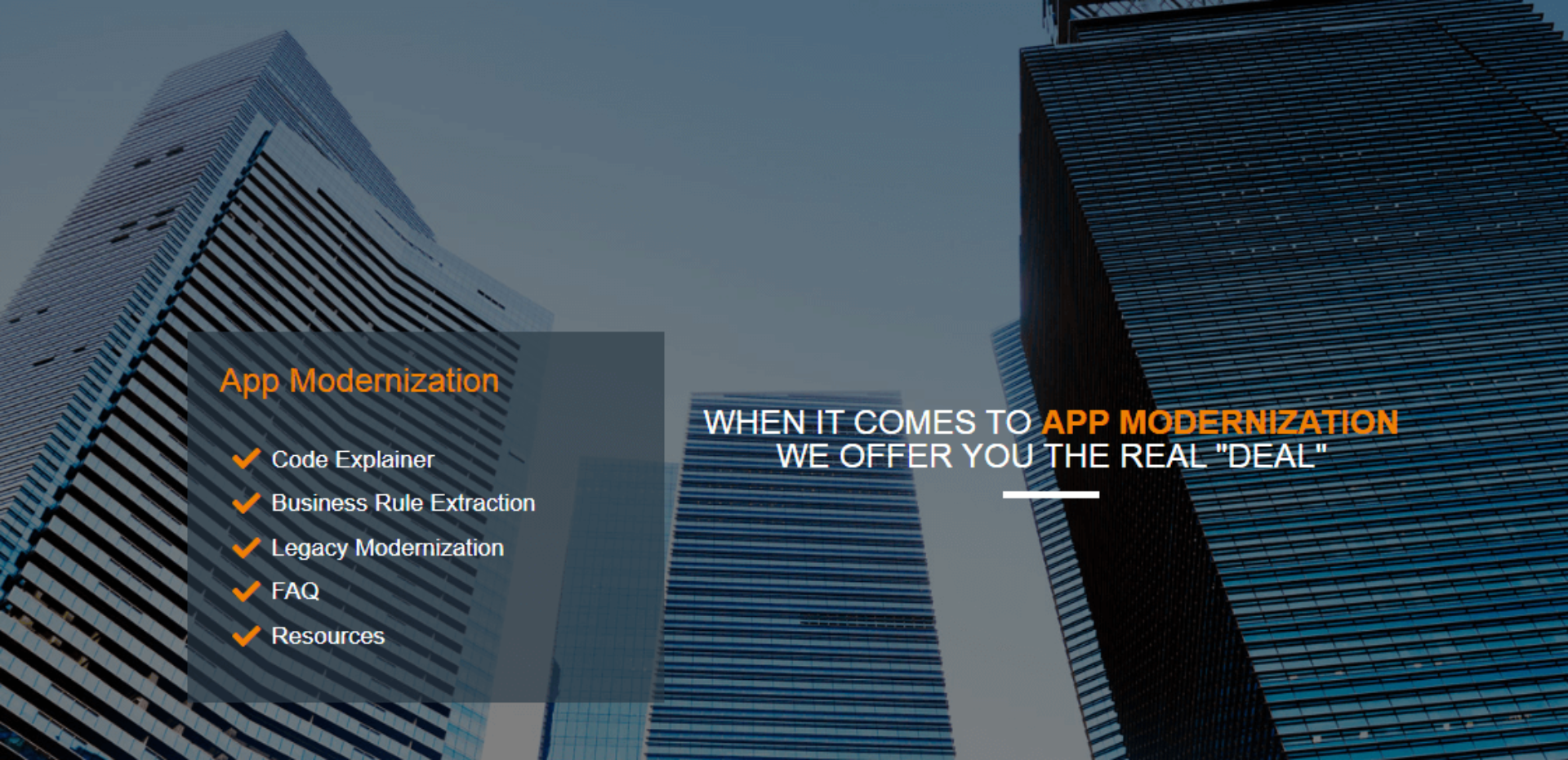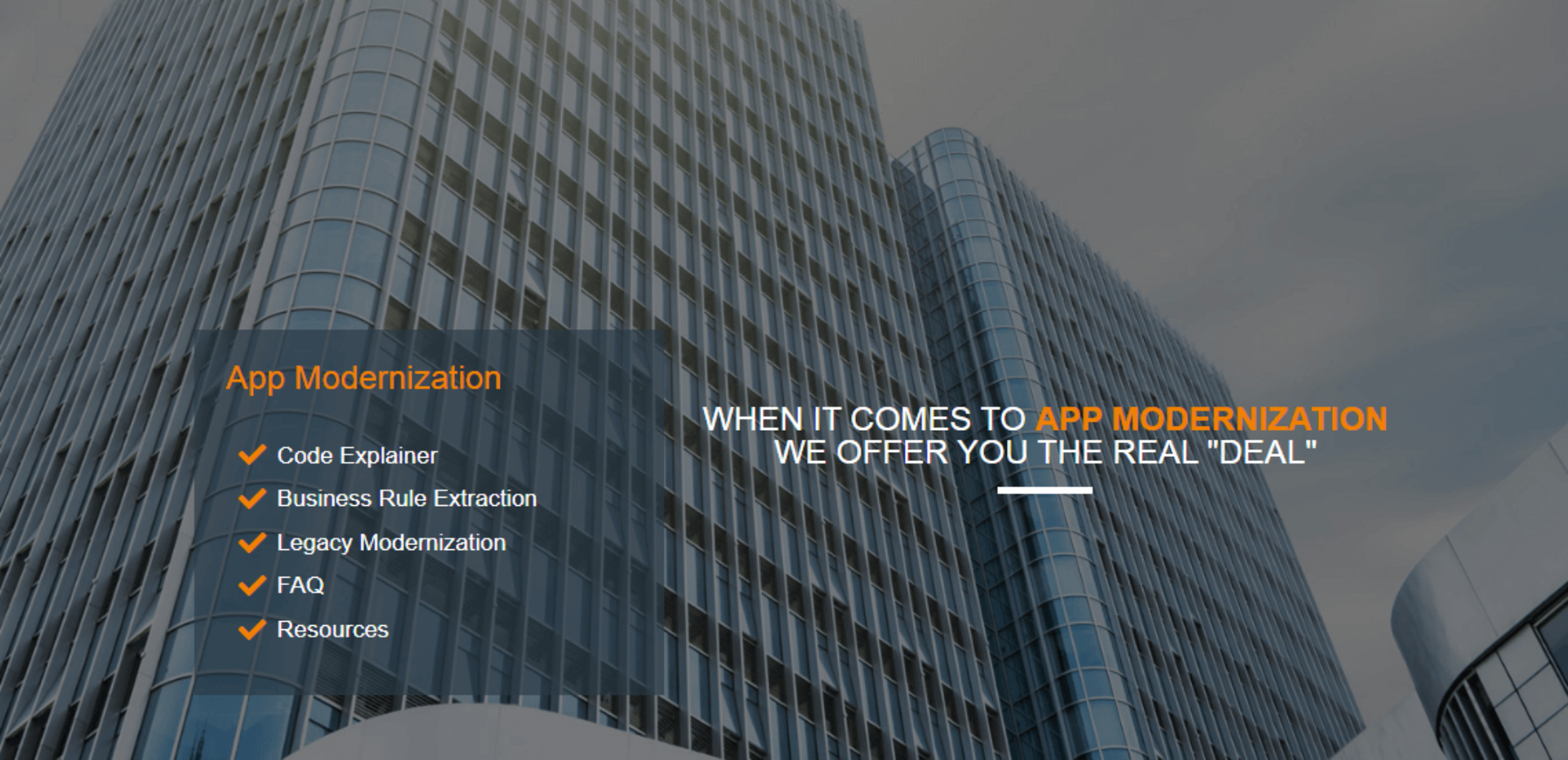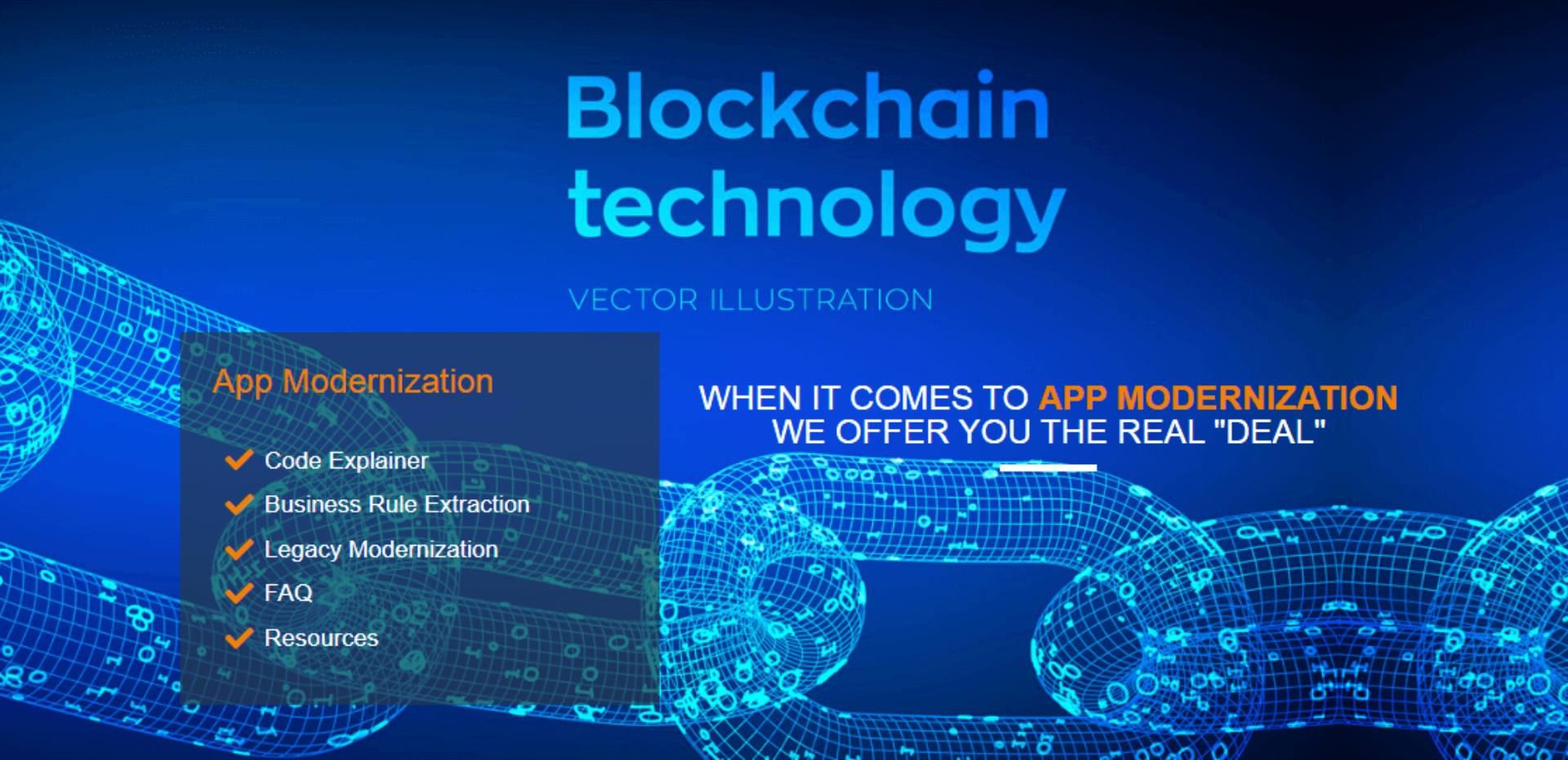Documentation of application requirements
Business rule extraction identifies the business purpose of an application and presents it in an easy-to-understand format, making the application more understandable for non-technical reviewers in the absence of up-to-date requirements documents.

